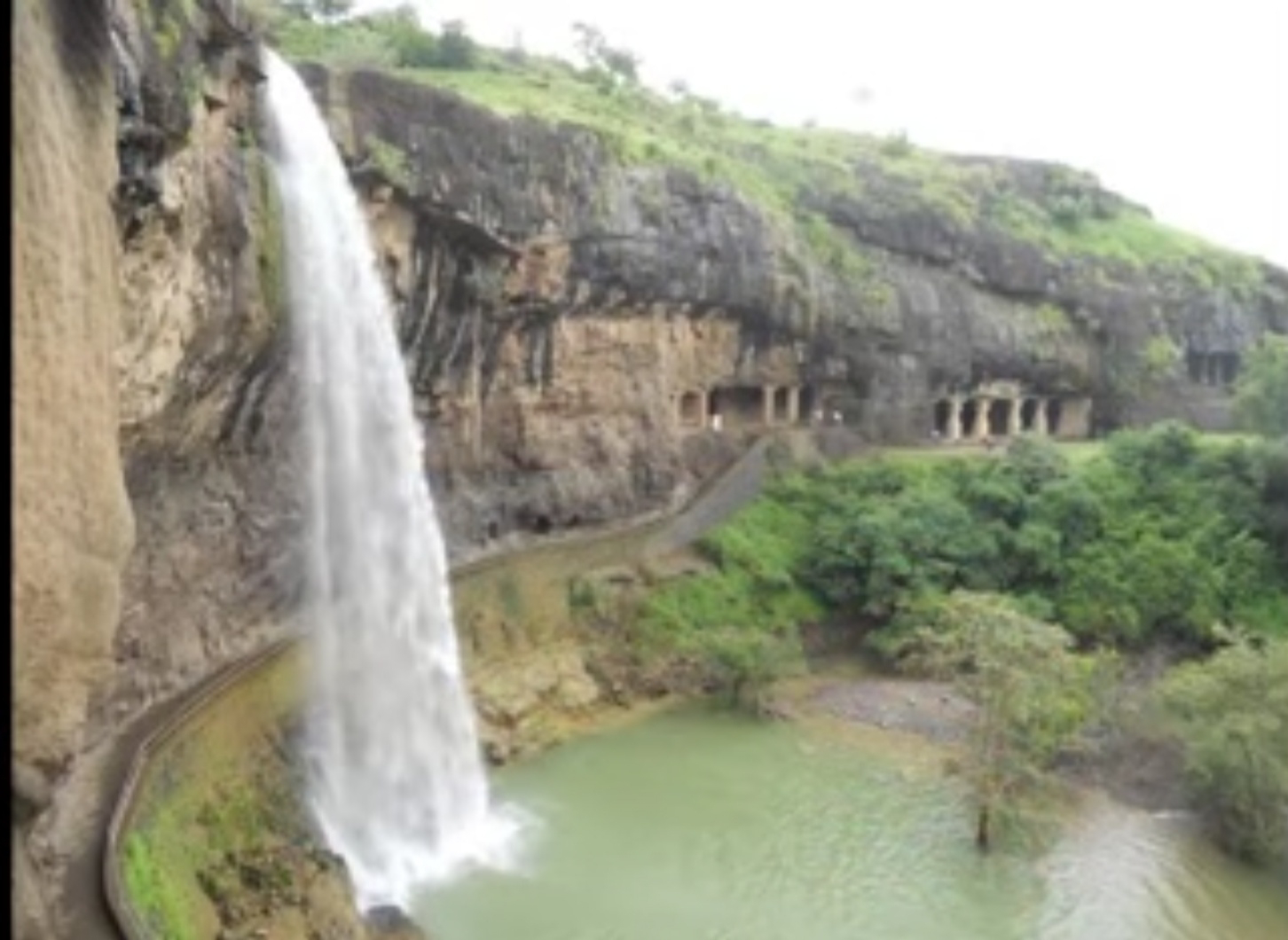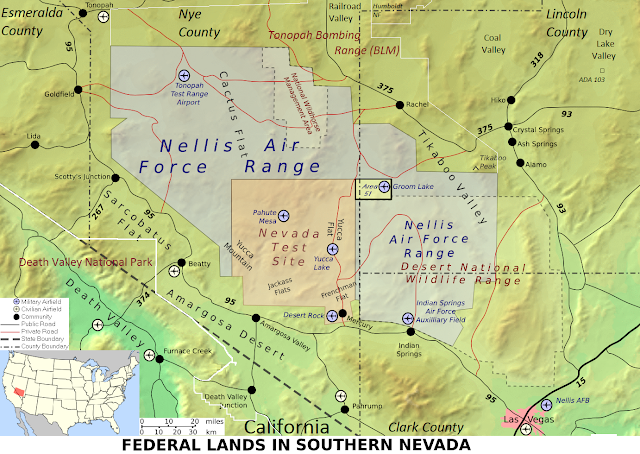The Mighty Himalayas
Know about Himalayas
- The Himalayas are a range of mountains in Asia. The Himalaya proper stretches from the Indus river in Pakistan, through India, Nepal, and Bhutan, and ends at the Bramaputra River in eastern India.Because of the great amount of tectonic motion still occurring at the site, the Himalayas have a proportionally high number of earthquakes and tremors. The Himalayas are one of the youngest mountain ranges on the planet. The Himalayas save India from the cold and dry winds of Central Asia.
It also prevents the rain-laden monsoon winds of the Indian Ocean from crossing over to Northern countries and causes heavy rainfall in Northern India. Almost all the great rivers of India have their sources in the Himalayan ranges. The mountains are known as the Himalaya or Himal in Nepali, the Himalaya or 'The Land of Snow' in Tibetan and Hindi. The width of the Himalayas from south to north varies between 125 and 250 miles (200 and 400 km). Their total area amounts to about 230,000 square miles (595,000 square km). Though India, Nepal, and Bhutan have sovereignty over most of the Himalayas, Pakistan and China also occupy parts of them.The Himalayas are about fifty million years old. these mountains, of which Everest is part, are still growing as the Earth's continents move, pushing India further north and The Himalayas even higher. The Himalayas are growing about an inch each year as a result of this process.
How Himalayas are formed ??
- The Himalayas are a newly found mountain. They are the large mountain in conical shape. Its peaks are pointed in shape that indicates that it is a new mountain of recent origin. Mountains like Aravalli, have almost rounded peaks denoting that they are old mountains.

- The Himalayan mountain range and Tibetan plateau have formed as a result of the collision between the Indian Plate and Eurasian Plate which began 50 million years ago and continues today. 225 million years ago India was a large island situated off the Australian coast and separated from Asia by the Tethys Ocean.
What makes Himalayas a Mysterious Mountains??
Gyanganj
- Also known as the City of Immortal Beings, Gyanganj is believed to be located in a remote, inaccessible valley of the Himalayas. Several attempts by mountaineers and trekkers have been made to find its exact location, all ending in failure. Even new-age satellites and other mapping technologies have failed to map it. Buddhists, especially from Tibet and india, claim that Gyanganj is not just a place but is a higher dimension. They say that Gyanganj can only be spotted and reached by sages, yogis and other worthy souls; those who wish to stay here forever gain immortality! It might have stayed in only common folklore, but some renowned spiritual leaders have claimed to visit it, stoking the legend to a new high!
The tiger's nest monastery
- An essential in every itinerary for Bhutan, this Buddhist monastery on the side of a steep cliff has a story to tell. At the heart of this monastery, lies a cave and the belief that this is where Guru Padmasambhava meditated for three years, three months, three weeks, three days and three hours. The mystery here is its location, a tough climb even in this age. As per the belief, Guru Padmasambhava flew to this spot from Tibet , on the top of a tigress! Thus, the name. One look at its precarious location, and the belief might just seem true as well. The monastery, as it looks today, was built at the meditation spot in 1692, a feat nevertheless.
Roopkund lake
- One of the most engaging and beautiful treks in uttrakhand , Roopkund has a lot to its credit including a thrilling mystery. Numerous photos and visitors accounts are evidence that the trek, right near the lake, is littered with humans remains, including skeletons, bones and skulls perched on rocks. While one theory says that the skeletons belong to WWII soldiers, who were struck by a massive hailstone while on the trek, another theory says that these belong to a king’s family, cursed by a Goddess to die this way. Pick one or the other, we will never be sure of this one.
Gangkhar Puensum
- It is famous as the highest, unclimbed mountain in the world. Located in Bhutan, this mountain has been measured several times yet none of the figures match each other. While that might be human inaccuracy, the fact that it stays unclimbed makes it all the more mysterious. The Bhutanese believe it to be home to mythical creatures, including yetis, and Gods as well. After multiple failed attempts to summit it, the mountains has stayed legendary. Cases and accounts of strange happenings, including unexplained noises, mysterious lights, and apparitions have been reported from those living closest to the mountain.
Why Himalayas are called Axis Mundi??
- The axis mundi (also cosmic axis, world axis, world pillar, center of the world, world tree), in certain beliefs and philosophies, is the world center, or the connection between Heaven and Earth. Within the central known universe a specific locale-often a mountain or other elevated place, a spot where earth and sky come closest gains status as center of the center, the axis mundi.
Why No one can climb mount kailash of Himalayas??
- Mount kailash is the centre of the Himalayas and is one which was remained unclimbed in the world, although it is not the highest peak in the world but no one ever can reached the peak of mount kailash though a lot of people try to climb the mountain but either they are lost or get mentally disabled ,there is something supernatural you can say that will not let you to climb beyond a limit .It can be weather going bad all of sudden, or some strange power which is enough powerful to stop you. When you start climbing at the deraphuk ,the base of mount kailash , It seems that the mountain is right near you but when you start moving further toward charansparsh (the feet of kailash), it is a trek of 2-3 hours if you are fit enough .still that is not exactly the feet ,people try to go beyond and get a feeling that they are very near to the peak but that's just an illusion to them. And either you keep going on and on you can't be able to reach the peak due to something strange and nobody knows what the thing is which is stopping them.
-
- When asked a local lama if the mountain could be climbed, the lama told him that 'Only a man entirely free of sin could climb Kailash. And he wouldn't have to actually scale the sheer walls of ice to do it – he'd just turn himself into a bird and fly to the summit.'
What if there were no Himalayas??
- The Himalayas are very useful to India in many ways. ... The Himalayas are a great climatic barrier. They save our country from the cold and dry winds of Central Asia, It also prevents the rain-laden monsoon winds of Indian Ocean from crossing over to Northern countries and causes heavy rain-fall in the Northern India. Without Himalayas, Cold and moisture-less winds from Siberia, Central Asia and Gobi Desert would enter the subcontinent owing to North East trade winds and Horse latitudes. Thus making the place a cold-dry desert with little or no vegetation.
Interesting facts about Himalaya
- Due to the length, breadth and height of the mountain range, the Himalayas have a variety of geographical landscapes. Farther up in elevation, you’ll find snow-capped mountains, but traveling along the base you’ll find lush green valleys and dense jungles.
- Scientific tests have led to the discovery that the Himalayas are geographically alive! Research has shown that the Indo-Australian plate moves about 20 mm per year, causing the mountains to continue to grow in size. This means those mountains are going to be even taller!.
- Tenzing Norgay from Nepal and Edmund Hillary from New Zealand were the first people to climb to the peak of Everest in 1953. The duo had a total of 15 minutes to spend on top on Everest, which, rumor has it, gave Tenzing enough time to bury his daughter’s red and blue pencils on the peak.
- Due to its unique climate and geography, the Himalayas are home to some of the rarest species in the animal kingdom. Snow leopards, wild goats, Tibetan sheep, musk deer and mountain goats can be seen stalking, jumping and leaping through the mountains.
- The Ganges, the Indus, the Brahmaputra, the Mekong, the Yangtze and the Yellow Rivers all originate in the Himalayas. This water supplies three primary river systems in Southeast Asia: Indus Basin, Yangtze Basin and Ganga-Brahmaputra. Interestingly, those rivers are actually older than the Himalayan peaks!.











Comments
Post a Comment